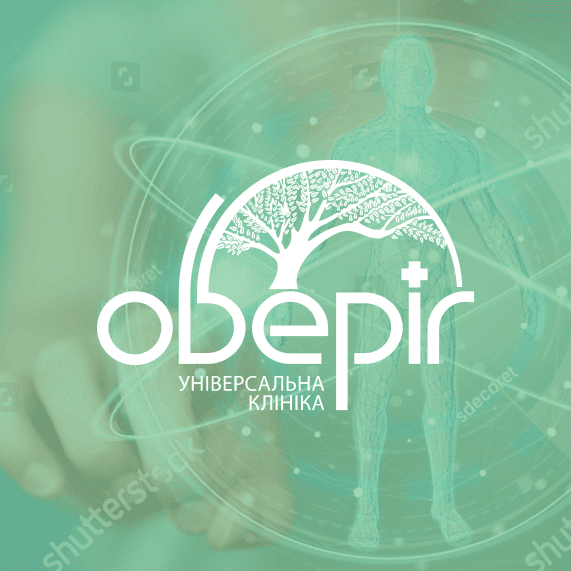Herniated discs of the thoracic spine
25 October 2023


25 October 2023


Disc herniations of the thoracic spine make up less than 1% of all cases of spinal hernias, three-quarters of them occur below the 8th vertebra (mostly at the level of the 11-12th thoracic vertebrae) and occur after the age of 40. For surgical treatment, they pose certain difficulties due to the peculiarities of the anatomical structure of this department and difficult anterior access for surgical intervention. Characteristic for hernias of the thoracic spine is their calcification. Although the frequency of herniation in this region of the spine is lower than in the lumbar or cervical, the danger of herniation in the thoracic spine is the risk of compression of the spinal cord and loss of function below the level of compression.
Hypothermia, prolonged static loads (sitting work for office workers and representatives of other professions associated with prolonged sitting posture), posture disorders (kyphosis, scoliosis, stooped back), hereditary predisposition.
Hernias of the thoracic spine signal pain in the interscapular area, upper back. Girdling pain may appear, as in intercostal neuralgia. Abdominal paresthesias can be observed - a feeling of numbness, crawling of ants. If the hernia interacts with the spinal cord, it may be accompanied by spinal dysfunction (myelopathy). With such a course, sensitivity disorders below the level of compression, weakness in the lower limbs, bladder and bowel disorders may appear and progress. Significant compression of the spinal cord can lead to a complete loss of function of the lower limbs with the development of paresis and paralysis.
Instrumental diagnosis of hernias of the cervical spine is based on the data of MRI examination, CT/myelography or conventional CT.
Operative treatment of thoracic spine hernias is not the preferred method. Only in cases of progressive neurological deficit, myelopathy, or intractable pain that cannot be treated, surgical intervention is indicated. In other cases, complex treatment methods are used, which include drug treatment (anti-inflammatory drugs, pain relievers, etc.) and non-drug methods: stretching the spine, soft massage techniques, kinesiotherapy, physical therapy, focused shock wave therapy.
The "Oberig" clinic has accumulated considerable experience in specialized care for herniated discs of the spine. Get in touch.
Call: 044 521 30 03 or sign up for a consultation on the website: https://my.oberig.ua/ua/appointment/
